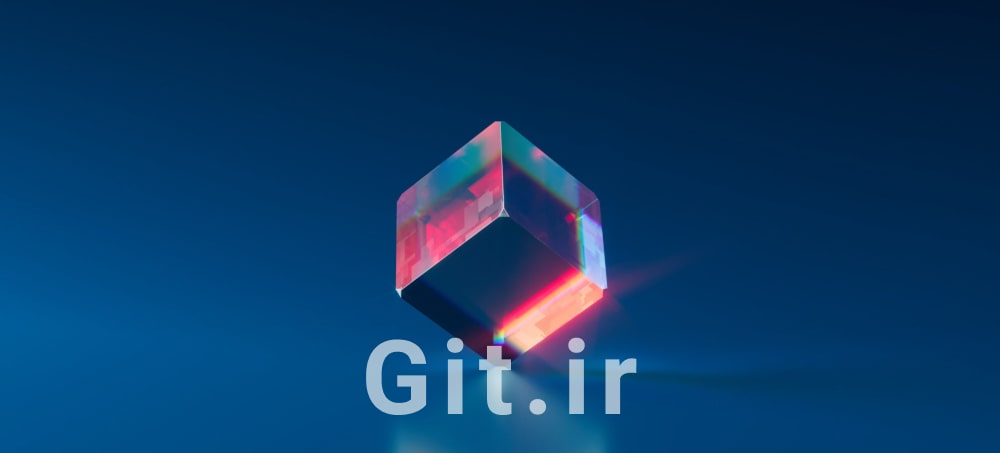What Is an NFT?
Learn how NFTs work, their value, and why they matter.

NFTs, or Non-Fungible Tokens, are unique digital assets secured on a blockchain. They can represent various forms of digital content and even be linked to physical assets. Ownership is verified and recorded on the blockchain, ensuring transparency and authenticity. This decentralized system allows users to buy, sell, and trade NFTs securely. To purchase an NFT, you need a digital wallet, also known as a crypto wallet, which stores your assets and facilitates transactions. If you are new to blockchain technology, this article will guide you through the basics and provide a glossary of essential terms at the end.
What Does NFT Stand For?
NFT stands for Non-Fungible Token. While many see NFTs as a modern innovation, the first NFT was minted in 2014 by digital artist Kevin McCoy and tech entrepreneur Anil Dash. However, the concept dates back to 2012 when Meni Rosenfeld introduced the idea of "Colored Coins" in a whitepaper. "Colored Coins" outlined a system for representing and managing real-world asset ownership on a blockchain.
🎧 Listen to the audio summary of The NFT Handbook
What Does Non-Fungible Mean?
The term "non-fungible" extends beyond the NFT space and applies to various fields like law, finance, and commerce. It describes assets that cannot be easily exchanged for similar goods due to their uniqueness. Unlike fungible assets, such as cryptocurrencies that are interchangeable, non-fungible assets have distinctive characteristics. A great example of a non-digital non-fungible asset is a diamond. Each diamond has unique cuts, grades, and styles, making it irreplaceable by another diamond.
▶️ View Course: Introduction to NFTs: Non-fungible Tokens
Non-Fungible vs. Fungible
In contrast, US currency bills are an example of a fungible good. You can exchange one $50 bill for five $10 bills or two $20 bills and two $5 bills. Anything that is mutually interchangeable is considered fungible. Fungible goods are easily replaced with items of identical or practically identical value.
What Is a Non-Fungible Token?
A Non-Fungible Token is a digital identifier recorded on the blockchain. It cannot be copied, substituted, or altered. NFTs validate the authenticity and ownership of a digital asset, serving as proof of ownership. This digital certificate is secure and unchangeable due to the nature of blockchain technology.
What Is an NFT?
NFTs serve as proof of an asset’s purchase rather than being the asset itself. This means that almost anything can be turned into an NFT. In addition to digital objects, NFTs can represent physical items. Some examples of things that can be transformed into NFTs include:
Digital content such as video clips and social media posts
Media files like GIFs
Video game assets including avatars and skins
Digital fashion items like NFT sneakers
▶️ View Course: NFT Fundamentals (Buy, Create and Sell NFTs)
The Difference Between Cryptocurrency and NFTs
Despite some similarities, cryptocurrency and NFTs are fundamentally different. Cryptocurrency is a form of digital currency that facilitates NFT transactions. The key distinction between the two lies in their value. Cryptocurrencies, like the US dollar, derive their value from utility. If merchants stopped accepting a currency, its value would decline. NFTs, on the other hand, have both economic and non-economic value. An NFT’s worth depends on factors such as rarity, investors, and collectors, as it can represent anything from artwork to in-game items.
Examples of NFTs
Below are some of the most well-known NFTs and NFT collections:
Cryptopunks: One of the earliest NFT collections, Cryptopunks hold a significant place in the NFT space. Cryptopunk #8857 gained attention in September 2021 when it sold for $6.63 million, or 2000 Ether (ETH), the cryptocurrency of the Ethereum network. Its high value is due to its rarity—Cryptopunk #8857 is one of only 88 Zombie Cryptopunks.
Bored Ape Yacht Club: This NFT collection has become an icon in the space, with many celebrities and athletes using Bored Ape avatars on social media. One of the most notable sales was Bored Ape #3739, which sold for $2.9 million in September 2021.
Lazy Lions: A popular collection among NFT enthusiasts, Lazy Lions made an impact upon launch, selling between 3,000 and 4,000 of its 10,000 NFTs within just five hours. As of July 2024, the most expensive Lazy Lion NFT is Lazy Lion #6632, listed for 100 ETH, equivalent to $3,398.25 USD.
Key Takeaways
NFTs are digital assets stored on a blockchain. They act as certificates of ownership and authenticity over an object, tangible or intangible.
NFTs and cryptocurrency are not the same. NFTs are traded using cryptocurrency.
The value of an NFT hinges on several factors, including social relevancy and scarcity.
Purchasing an NFT does not inherently provide legal rights to the artwork or asset that the NFT represents.
Glossary of Terms
Anil Dash: Tech entrepreneur and co-creator of the first NFT.
Blockchain: A peer-to-peer network that records and distributes unchangeable data.
Cryptocurrency: Digital currency that relies on cryptographic validation rather than a central authority.
Ether (ETH): The cryptocurrency used on the Ethereum blockchain network.
Ethereum: A blockchain network commonly used for NFT trading.
Fungible: Mutually interchangeable and easily replaced with goods of similar value.
Kevin McCoy: Digital artist and co-creator of the first NFT.
Meni Rosenfeld: Author of the “Colored Coins” whitepaper, the conceptual foundation for NFTs.
NFT: Non-Fungible Token.
Non-fungible: Unique and difficult to exchange with similar goods.
Proof of Work: A cryptographic proof of computational power expended to verify and authenticate blockchain transactions.
🔷 View the list of NFT Courses